What is considered a good rental yield UK?
Investing in property can be an excellent way to earn a stable income and grow your wealth. One crucial factor to consider when investing in property is the rental yield, which is the return on investment you can expect from renting out your property. Generally, a rental yield of between 6% and 8% is considered reasonable in the UK, but this can vary depending on the location of the property.
It’s essential to keep in mind that areas with high expected house price growth, such as London and the South East of England, may have lower rental yields. This is because the potential for capital gains in these regions pushes sale prices up, while rental levels remain more stable.
When looking for a good rental yield, it’s crucial to strike a balance between capital growth and rental income. Investing in an area with high potential for capital gains may mean sacrificing rental income in the short term. However, over time, capital gains can make up for this, resulting in a higher overall return on investment.
Ultimately, what constitutes a good rental yield depends on your individual investment goals and financial situation. Still, it’s essential to do your research and choose a property in an area that offers a balance between rental income and potential capital gains. With the right investment strategy, you can generate a stable income and grow your wealth through property investment in the UK.
How do I calculate the yield on a rental property?
Calculating the yield on a rental property may sound like a complex and intimidating task, but it’s actually simpler than you might think! Essentially, rental yield is the percentage of return you can expect to earn on your rental property investment.
To calculate it, you just need to divide your annual rental income by the total value of the property, including the purchase price and any improvements or repairs you’ve made or plan to make in the future, don‘t forget to multiply that number by 100, after you divide your annual rental income by the total value of the property.
This will give you a percentage, which represents your rental yield. A high rental yield is typically preferable, as it indicates a better return on investment. By calculating the rental yield, you can better assess the financial potential of a rental property and make more informed investment decisions.
How much profit should you make on a rental property UK?
Are you considering investing in a rental property in the UK? If so, you might be wondering how much profit you should expect to make each month. While there is no one-size-fits-all answer, aiming for a 5-8% profit margin is a good starting point.
Of course, this number can vary depending on the location, size, and type of property you choose.
But why settle for just the minimum? With careful consideration and strategic planning, you can increase your rental profit even further. Imagine having extra money each month to put towards your retirement fund or that dream vacation you’ve been wanting to take.
However, selecting the perfect rental property is not an easy feat. It requires research, patience, and a bit of intuition.
How do you increase rental yield?
As a landlord, it’s natural to want to maximize the return on your investment and increase your rental yield. Luckily, there are a few strategies you can use to do just that.
One way to increase your rental yield is to invest in your property by adding high-quality amenities and facilities. By providing your tenants with conveniences like dishwashers, driers, and high-speed Wi-Fi, you can attract more tenants and set yourself apart from the competition. This not only increases the rental yield but also keeps your tenants happy and satisfied.
Another strategy is to appeal to your ideal tenant profile. Consider who your ideal tenant is and what they are looking for in a rental property. For example, if you are targeting families, adding a garden or outdoor play area could be a valuable addition to your property.

Similarly, if you are targeting young professionals, equipping your property with a home office space or a communal gym could be a selling point.
In addition, keeping your property well-maintained and up-to-date can also increase rental yield. Regular maintenance and upgrades can help prevent costly repairs down the line and keep your property attractive to potential tenants.
You may also want to consider hiring a property manager to handle the day-to-day tasks of managing your rental property, allowing you to focus on other areas of your investment.
Why is a good rental yield important for a rental property?
If you’re a landlord looking to make a consistent income through a buy-to-let property, the rent you receive from tenants is your main source of revenue. And to measure how cost-effective your investment has been in the short and long term, it’s important to calculate the rental yield – that figure expressed as a proportion to the property’s purchase price.
Before purchasing a buy-to-let property, it’s crucial to determine what kind of rental yield you can expect and compare it to the local area. This will help you ensure that you’re receiving a strong return in relation to the property price and identify any potential to increase your rental income.
A good rental yield is important because it directly impacts your profitability as a landlord. A higher yield means you’re earning more income in proportion to your investment, while a lower yield may indicate that your investment is less profitable.
By knowing your rental yield and comparing it to the local area, you can make informed decisions about your buy-to-let property investment and maximize your returns.
What are the benefits of investing in rental property?
Are you looking for an investment opportunity that can offer a reliable income stream while also increasing your wealth over time? Investing in rental property could be the perfect solution for you.
The UK property market has been performing exceptionally well, with house prices increasing by more than 10% for two consecutive years and rents reaching record highs of over £1000 per month.

While house price growth may slow down and stabilize in the near future, rental yields are projected to remain high, providing buy-to-let investors with an excellent opportunity to enjoy attractive returns on their investment.
With rental income offering a consistent and reliable source of revenue, investing in rental property can help you secure your financial future and achieve your long-term wealth-building goals.







